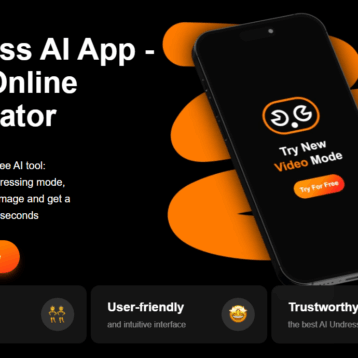In today’s competitive business world, startups must release their products quickly to stay ahead of the competition. This makes speed a crucial factor in software development, allowing startups to be more efficient, save money, and meet customer needs.
Overall, the speed of development directly depends on:
1) Project complexity
2) The use of efficient development practices and the right tools
3) Effective planning and task prioritization
4) Modular, reusable code
Often, attempts to speed up certain processes (or hire more team members) can affect the quality of the final product. This article will discuss the effective ways to streamline software development without compromising the result. So, let’s dive deeper into each of these factors.
1) Define the Project Requirements
When building software, it’s important to know what to build, how to build it, how long it should take, and who it is targeted at. Defining project requirements helps the team figure this out, especially when it comes to complex projects that involve many people.
Setting clear expectations and having a realistic timeline are part of the SMART goals that are crucial at the stage of discussing project requirements. SMART is an abbreviation for Specific, Measurable, Achievable, Relevant, and Time-bound.
SMART goals can lower project risks. They prevent misunderstandings by setting up a clear roadmap and breaking it into manageable stages — each with its timeline. With this approach, problems and roadblocks can be identified early on before they grow into something more serious that may affect the project deadline and budget.
2) Customize Agile Development
An iterative approach is another way to speed up the development process — here is where the Agile software development practice steps in. Agile project management ensures that software is built and tested in stages, allowing regular feedback from both the technical team and users. It promotes teamwork and rapid response to changes in requirements. Agile identifies and resolves defects early, thus allowing for a faster development process and more cost-effective solutions.

Agile software development aims to deploy the quickest prototype possible to iterate and improve the software. After delivering this prototype, the development team gathers feedback from users and stakeholders, identifies potential issues, and suggests improvements.
Thanks to breaking down the development process into manageable iterations, teams can focus on tasks and the most essential features, ensuring they are delivered first.
3) Choose the Right Framework
The third way to speed up software development is to choose the right framework. Development frameworks are tools that facilitate the process of creating software and eliminate the need to write code from scratch. They provide a solid foundation for the project, making development and maintenance stages easier.
To make the best decision, you should consider the following factors:
1) Compatibility and integration. Make sure that the potential framework is compatible with other technologies used in project development (databases, APIs, etc.).
2) Security features. For startups, the matter of security should be paramount when it comes to gaining user trust and getting more traffic. You must be sure that customer data is well-protected from the beginning of your interaction. Thus, the in-built security functionality of a framework should be considered a top priority to handle potential threats.
3) Community support. Сhoose a framework with an active community and regular updates. If you encounter any difficulties, you can ask for help from other developers or simply share your experiences.
4) Potential. As you expect your audience to grow, you must ensure that the framework can handle increased levels of traffic without crashes, glitches, freeze-ups, and other performance issues that will scare your customers away.
Working with Twinslash experts guarantees access to a wide range of skills and expertise that startups can’t acquire from within their workforce. Better yet, all this without the need for costly and time-consuming recruitment processes.
4) Build an MVP First
An MVP (Minimum Viable Product) is the simplest version of the project that can attract early customers and prove its worth. To determine the MVP’s features, startups need to consider a few critical things:
1) Customer needs. Startups should understand what their target audience needs and wants. This helps them include essential features that solve customers’ problems.
2) User experience. The MVP should be easy to use. Startups must avoid adding too many features not to confuse users.
3) Scalability. MVPs should be capable of handling more users and traffic as the product grows.
4) Technical feasibility. Before developing an MVP, startups should analyze existing tools that will fully cover the technical requirements of the product.
5) Cost-effectiveness. Ideally, an MVP should be developed in a short time, with a small budget, but without losing efficiency.
After the launch of the MVP, the development team receives fast and accurate feedback from both testers and first users. Thus, developers can remove/add new features and better focus on the needs of their audience in general.
5) Keep Your Code Clean
The last effective tip on our list is to keep your code clean. A well-structured codebase will save time on reading and debugging the code, and it will be much easier for developers from different teams to collaborate.

This process can be automated to some extent. Still, it is important to understand that even when using automatic tools (code completion/generation tools, IDEs, etc.) to keep your code clean and organized, you should review it manually and make changes where necessary.
Developers you will be working with must be experienced and follow the best development practices to produce clean and reusable code without legacy.
Conclusion
Thanks to these 5 tips, startups can get to market quicker and analyze real and valuable feedback from users. Software development is a complex process, and there are a lot of pitfalls along the way that may be very costly, especially for startups with limited budgets. Planning everything in advance, prioritization, code optimization, and launching MVPs as soon as possible are key steps to speed things up and deliver your fully-fledged product to the audience.










